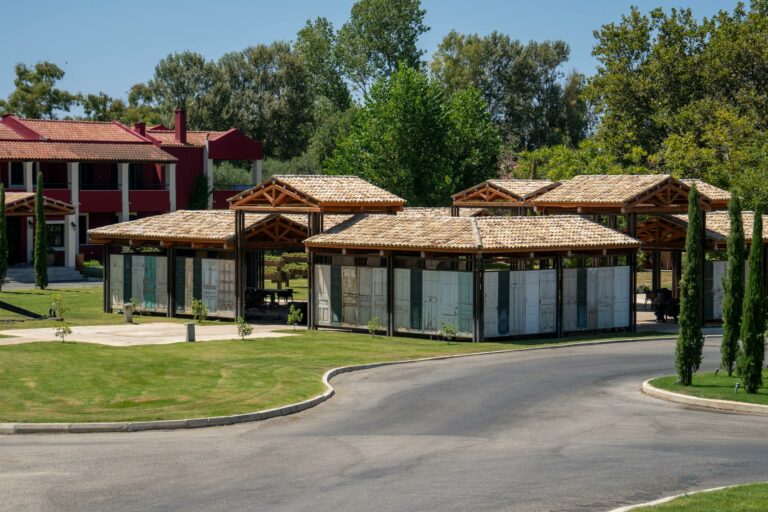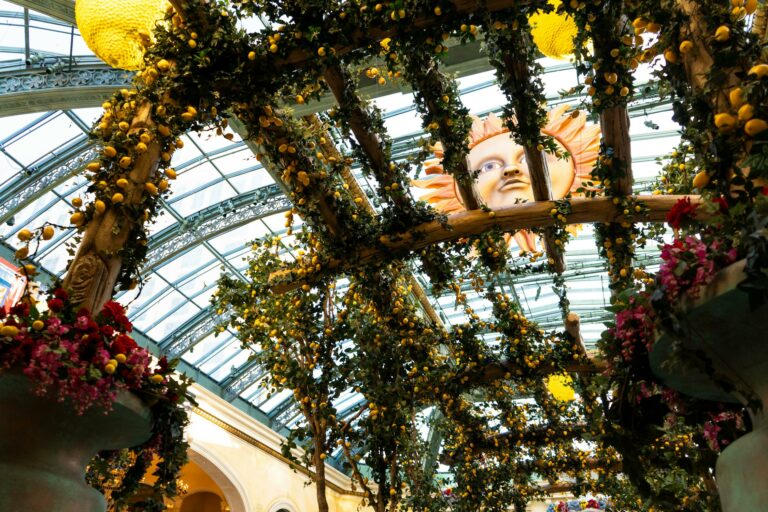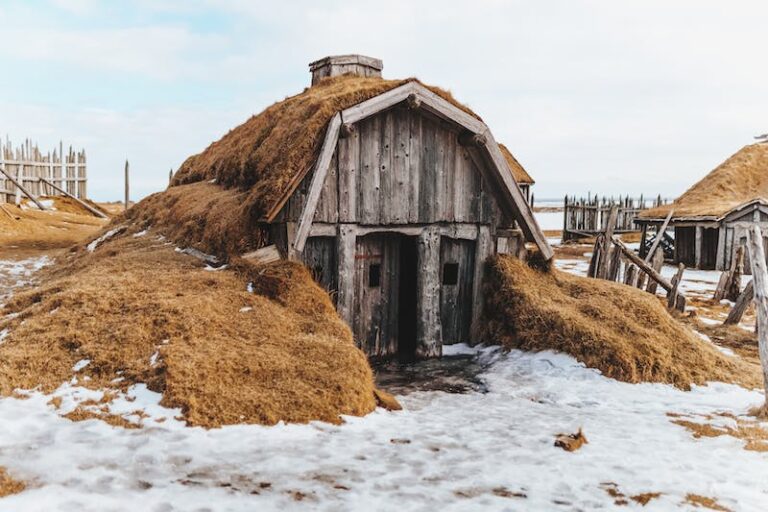Winter. It is a time of desolation, where most things that live either go into hiding for the long months, or more likely die in order to be reborn once more in the spring. This varies from place to place, yes, but in places like Stouffville, Ontario, winter is a season that is grey, that is damp, and most of all- it is a season that is lifeless.
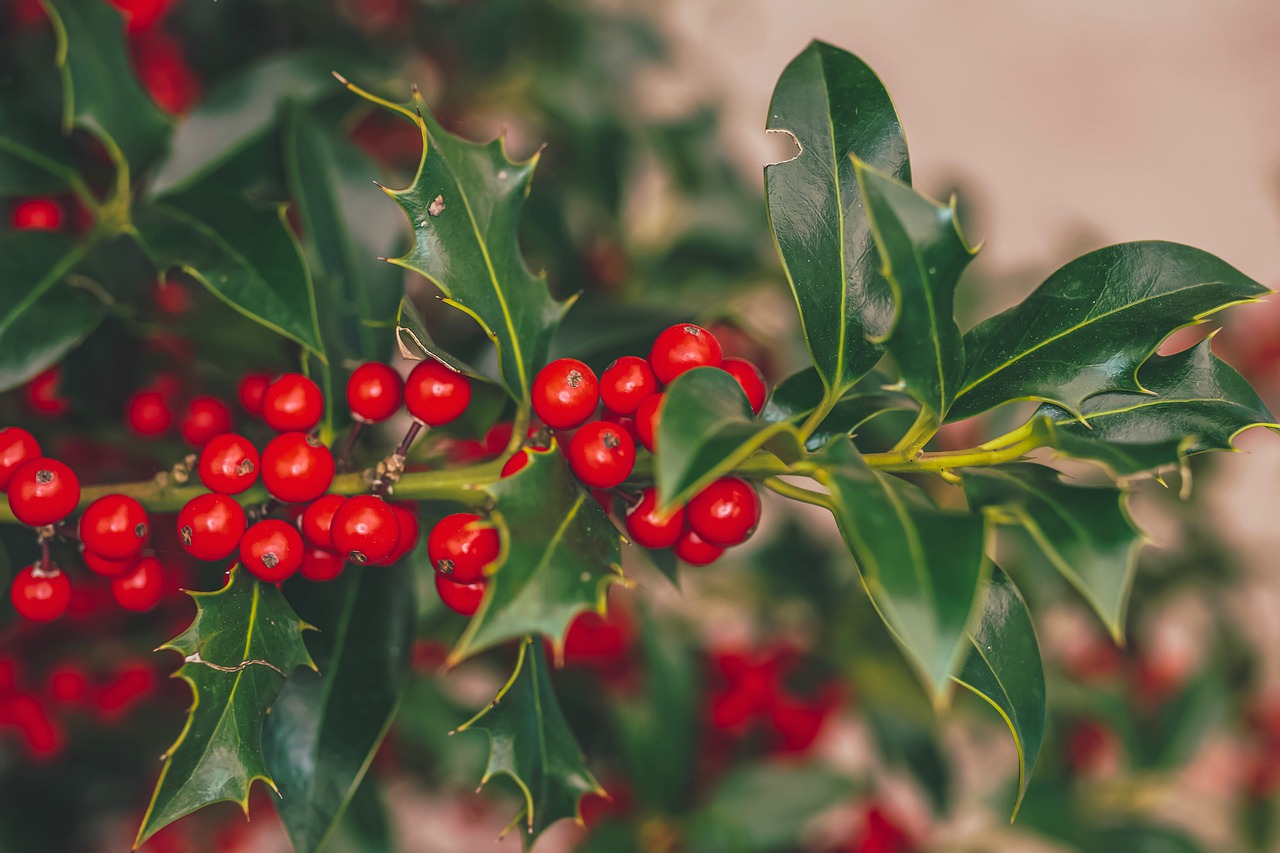
The ones that are hit the hardest by the harsh winter of Stouffville are the plants. Most plants in that city, and in most of Canada in general, die when the weather gets cold. Gardens, once places where homeowners, gardeners and landscapers could show off great swathes of life, are reduced to patches of grey, brown, and black leftovers from the summer. Yes, they are a testament to the unforgiving nature of nature itself, they stand as a reminder of all the death that winter brings.
However, this doesn’t have to be the case. Believe it or not, there are plants out there that can survive even the harsh Stouffville winter. Plants that bloom in these cold months, that add colour to an otherwise grey world. Plants that can remind every homeowner, gardener and landscaper that even in the bitterest of conditions, life can still thrive.
This article is going to showcase some of the best plants to put into a garden for the winter months. Plants that will not only grow, not only stay alive, but thrive during the winter.
What too look for in winter plants
While what may die and what may live in the winter may vary from place to place (what stays alive in Arizona isn’t probably going to live through the hard, freezing winters of Stouffville) there are several factors that the average homeowner, gardener or landscaper could look for that would probably make for good winter plants. These factors include:
– Plants that belong to the “conifer” species
– Plants that grow Berries
– Plants that have evergreen foliage
– Plants that have sturdy branches, ones that will be able to hold up snow without breaking
Should any homeowner, landscaper or gardener know of any plants that fit into any (or, ideally, many of these categories) should probably look to that plant in order to add it to their garden. For those who don’t know, we are happily going to provide some examples:
Christmas Holly Shrub
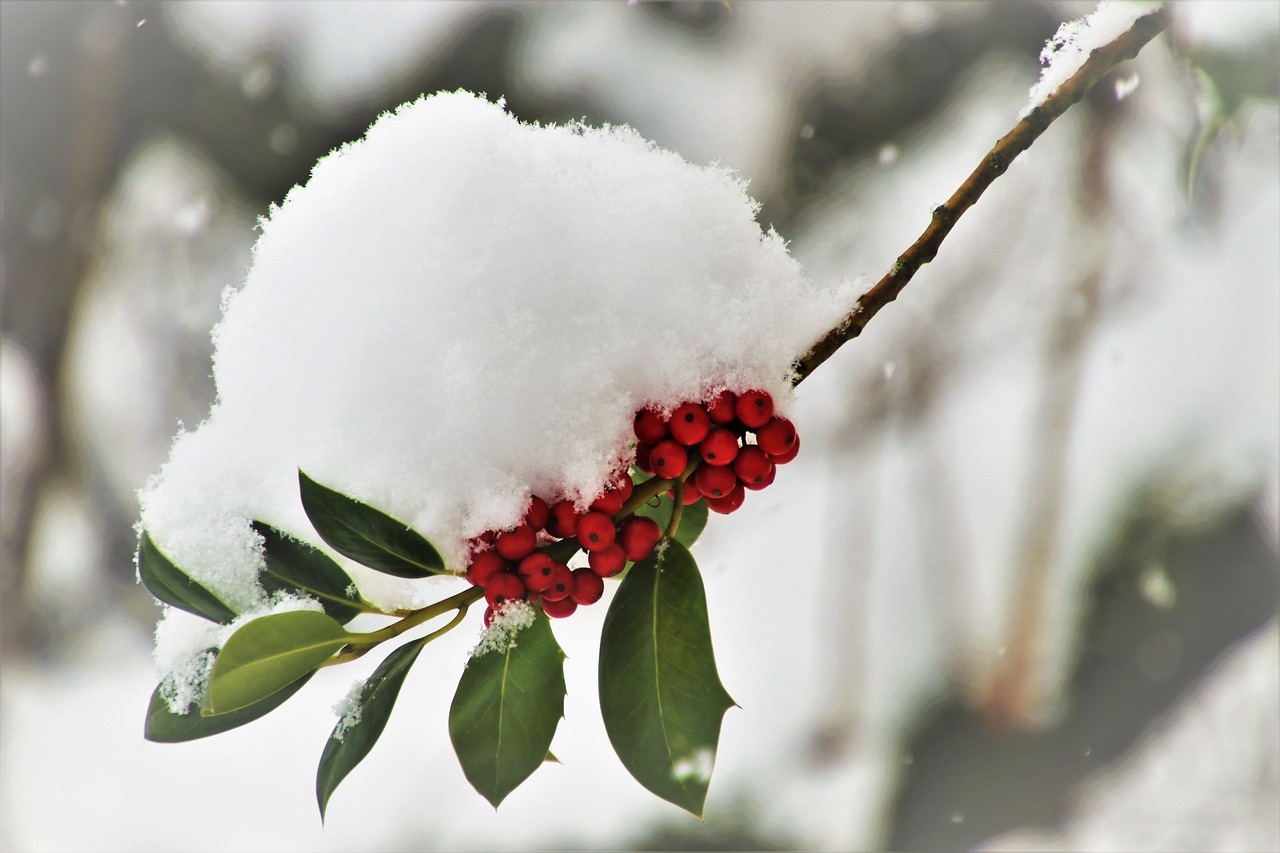
This may seem a bit obvious for the educated reader, and even after reading the name of this winter plant it becomes obvious that it would be great for the cold seasons. Christmas itself is a staple of winter, so clearly a plant with Christmas (even “holly” which is something that is frequently grouped with Christmas) in the name would be an obvious candidate for a plant that could sustain the cold. And, unsurprisingly, the Christmas Holly Shrub is great for the winter.
There are many variations to the Christmas holly shrub (usually shortened to just “holly” to save on time) but the most popular one tends to be the evergreen holly. This is because while the other variants of the plant, such as the China Holly, are great for dry winters, then tend not to do so well in Northern climates like the one in Stouffville.
So why is this plant such a popular pick? Well, it’s year round bloom produces these beautiful red berries. They aren’t just good looking either, they tend to feed the local birds as well. Some may recognize these berries as holiday decorations, because the limbs or pieces of this plant are often used for that very purpose. These things aren’t just great at Christmas though, and should add some beautiful reds to any garden regardless of the month.
Red Osier Dogwood
This is yet another winter plant that is going to add a lot of red to a homeowner, landscaper or gardeners garden. It has red and sometimes burgundy bark, adding flashes to an otherwise dull landscape.
They also have a May bloom that produces some beautiful white berries, which eventually become white fruits. It is yet another plant for which the birds will thank the average homeowner, landscaper or gardener.
These things also tend to get pretty big- their heights range from six to ten feet and are matched by their spread. Beautiful reds, and a whole lot of it as well.
Plume Grass
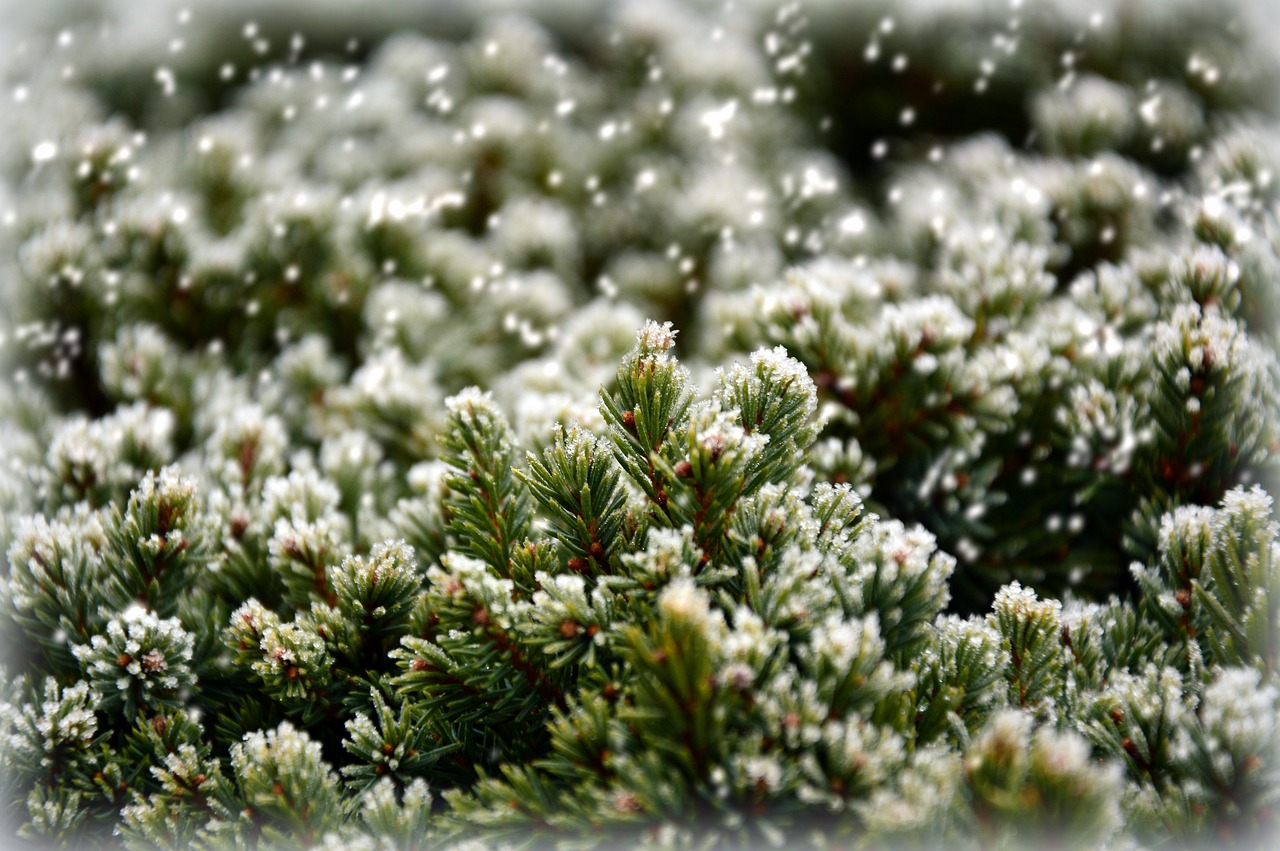
It is a commonly known fact (one especially know by those in Stouffville) that most grass tends to get covered by the snow when winter comes around. This is not so for plume grass, which is a fairly tall plant. In fact, it’s been known to grow about 11 feet tall, with a width of about four feet wide.
This grass, unlike most others, is one that can survive the cold winters. In fact, it can also thrive in hot climates, so really this is a plant that can survive throughout the year!
Plume grass is a plant that should add a bit of diversity to the garden (not to mention this list) because it’s actually not red anywhere. It’s thin, it tends to have some white, fluffy plumage that stands tall above all the other plants in the garden. While the colour will be nothing special during a season where white is one of the primary colours, it will add so depth to the garden of any gardener, homeowner or landscaper. Levels are key to creating a great visual when it comes to anything, especially gardens.
And so, this article about some of the different types of plants a homeowner, gardener or landscaper can add to their garden has come to an end. We learned today all that should be looked for when it comes to winter plants, and we have some examples of what those winter plants may be.
Winter is a tough season for most. It is one that is filled to the brim with death, with greyness, with cold and bitter weather. However, with just a couple of tweaks to a garden, anyone can inject some life into a season that thrives in death.
